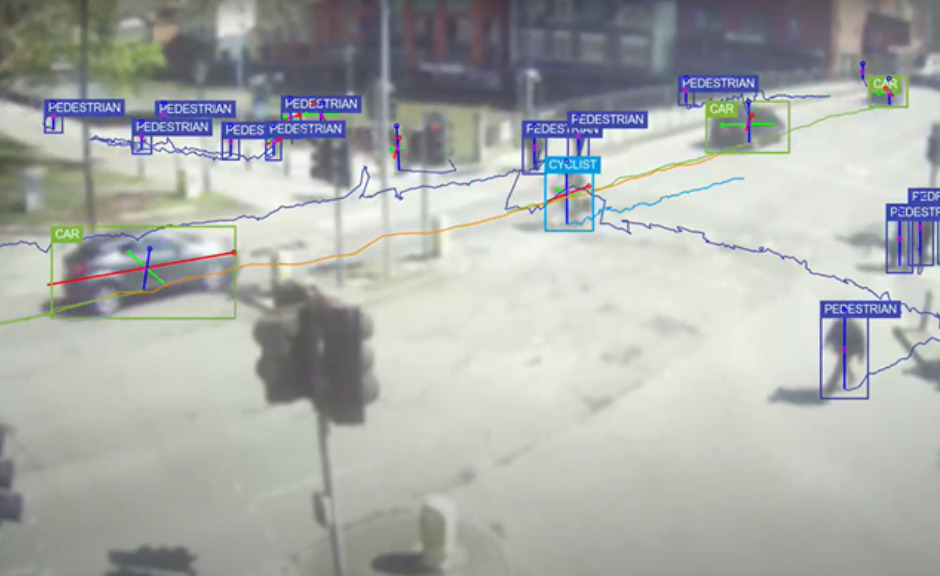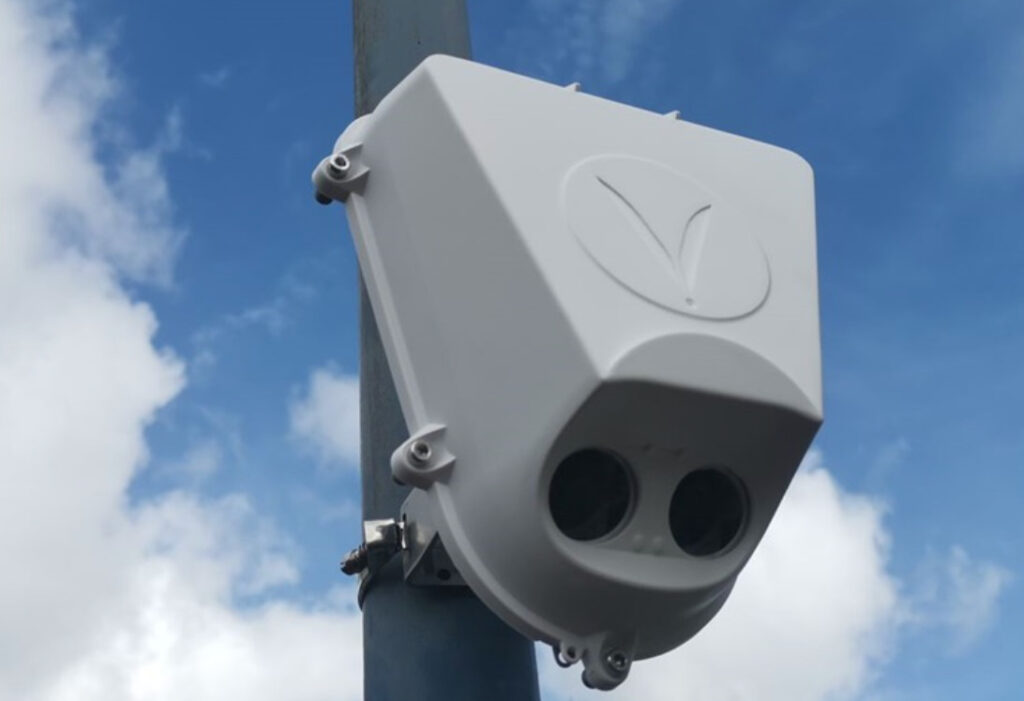Wellington City Council is preparing to roll out a new monitoring network to collect data on active transport to better inform effective, evidence-based decision-making in a cost-effective way.
Data collected by the new traffic counting sensors will include counts of different types of road users, paths of travel, and travel speeds, including cars, trucks, bicycles, scooters, buses and pedestrians.
Council says the network will provide long-term, continuous monitoring 24/7, 365 days of the year and will enable it to make more accurate assessments of how people are moving through the city, making use of cycleways, and monitor in real time the impact of changes made to the transport network.
“This higher quality transport data will inform transport strategies and, combined with other data sets, will directly lead to tangible benefits for key Council decisions. The data will used by Council groups including Transport & Infrastructure, Bike network planning, Community Services, Waterfront team, Behaviour Change team, and Let’s Get Wellington Moving will also utilise the data,” Council said in a statement.
Quality data can be used to make better decisions for events, urban design, public safety, and changes impacting the economic and retail environment, and this nationwide-first technology is an exciting step for the city, said Mayor, Tory Whanau.

“As the city grows, use of space and transport become more vital to the liveability of Wellington, this kind of information is invaluable for planning and designing our future.
“These VivaCity sensors gather data around the clock with a high degree of accuracy and anonymity, providing a much more detailed picture of how our public spaces are being used.”
Currently Council uses manual and bespoke pedestrian and cycle counts, electronic cycle counters, and commercial e-scooter ride data to understand people’s travel patterns.
These datasets established a baseline for long-term trend analysis, but the depth of insights gained are limited due to sample size and geographic coverage.
The lack of continuous monitoring also limits understanding of impacts from unforeseen events like earthquakes, tsunamis and COVID-19 as we currently only monitor during scheduled times.
VivaCity was selected because of its privacy-by-design approach in their monitoring solution. This project has also been through a Privacy Impact Assessment and consulted on with the Office of the Privacy Commissioner.
The data does not include any identifying information about the subjects monitored, said VivaCity Co-Founder and COO, Peter Mildon.

“I strongly believe that the future of the Smart City has to be citizen-centric. We have designed our solutions from the ground up to guarantee the privacy of every citizen. The system was developed using data protection-by-design principles and is not just fully compliant with but exceeds the legal requirements in data protection legislation.”
Established in Australia, Wellington will be the first major deployment in New Zealand, and the first city in the country to access the award-winning monitoring technology.
Instalment of the new sensor network is expected to start later this month at an estimated cost of $1 million over five years. It is funded by repurposing existing funds (including leveraging the Waka Kotahi subsidy) from the previous decentralised and often more manual methods we used to collect data, the Council said.



